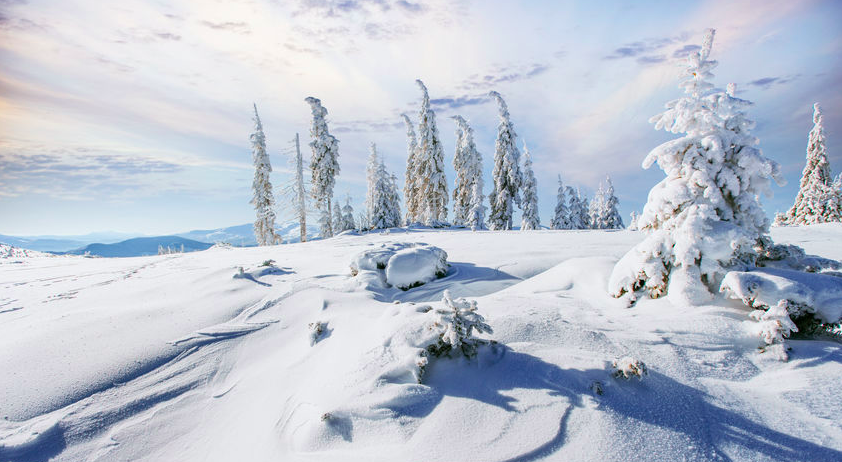Maybe you are going stir crazy this winter and want to bundle up the kids and venture out to cut your Christmas tree.
Black and white spruces in Alaska can make good holiday trees, although they’ll never be groomed to perfection the way a commercial tree is. But the more spindly the tree, the more room for those gigantic handmade ornaments, right?
Alaskans may cut their own trees on State lands; no permit or fee is required, and the maximum height is 15 feet with a limit of one per household. Remember, you don’t have to cut the whole tree — you can actually cut the top five feet of one. Then, once you get home, get out some garden clippers and trim off all dead twigs and the leggiest of branches.
The Department of Natural Resources offers multi- agency maps and information for harvesting Christmas trees in Southcentral and Interior Alaska at this link.
As temperatures drop, it’s important to remember that the colder the weather, the more brittle the branches, twigs and needles. Try to wrap your tree in a tarp if you have to drag it. You don’t want to sacrifice needles before you get it into your living room, because that’s what living room floors are for, right?
As for keeping it alive indoors, research conducted by the University of Alaska School of Agriculture and Land Resource Management in 1985 compared the needle retention of black and white spruce in three solutions: water, water-bleach, and water-bleach-corn syrup.
Of these, the trees in plain water exhibited the best needle retention, with black spruce averaging 17 days and white spruce averaging 25 days before moderate needle loss occurred.
Both tree species in the other solutions began to lose their needles in moderate amounts after only 7 days. So no corn syrup or bleach.
It also was found that needles stay on longer in a more humid house. That’s challenging in dry Southcentral or Interior winter air, but you can increase the humidity around the tree with a portable humidifier, and by keeping the tree far away from heat sources. So not next to the wood stove.
Depending on how long it is from cutting the tree to bringing it in the house, you may want to follow the usual advice and cut an inch or two off the trunk base before putting it in its stand, as this allows the tree to start drinking water. A fresh tree will take up a lot of water the first few days, and going from 12 degree weather to a 68 degree house can be a shock to a tree, so the basin may need to be filled every few hours during the first 24 hours.
